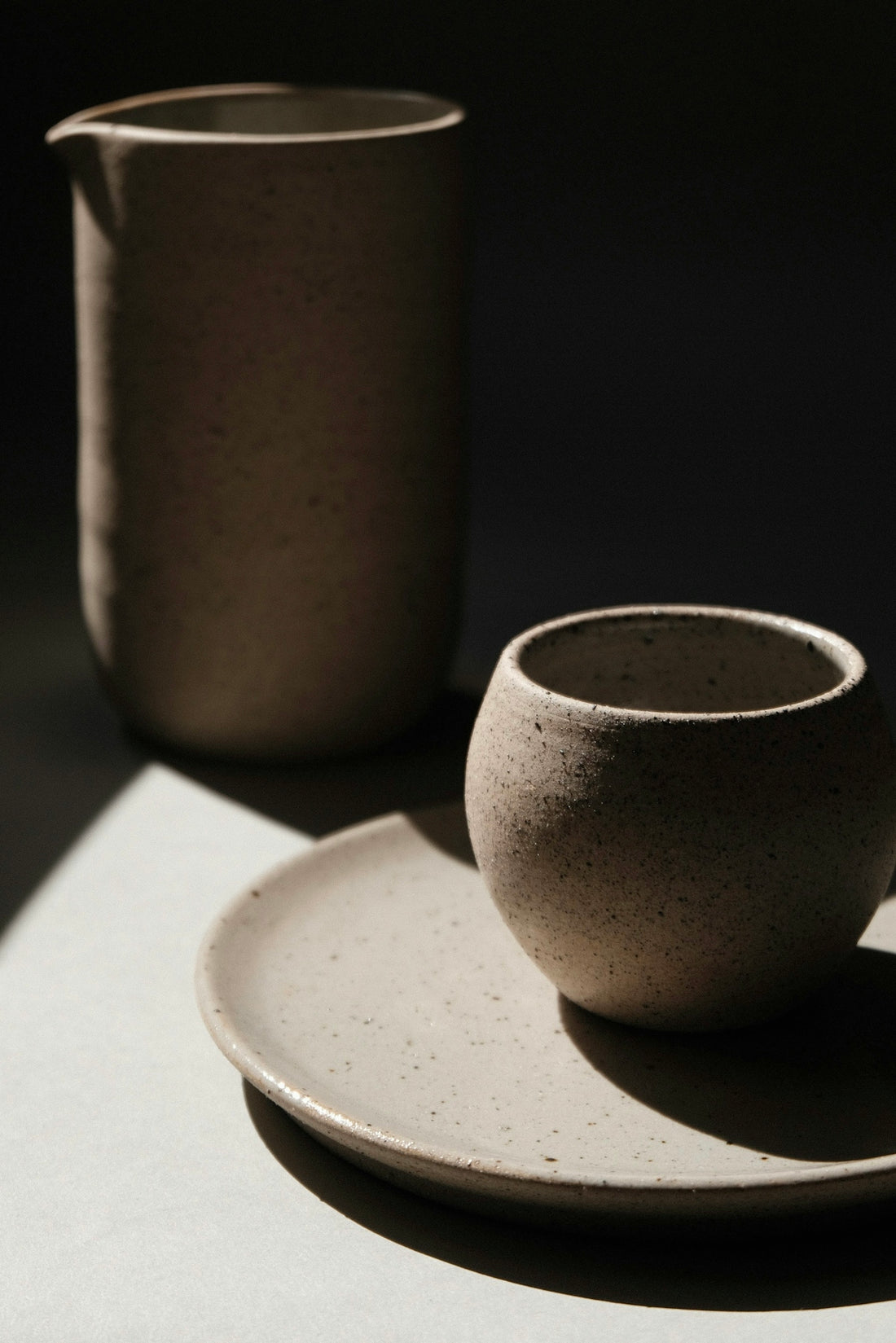
FAQs About Ceramics and Sculptures: What Every Artist Asks
Share
Ceramics and sculptures have captivated humanity for centuries, often sparking curiosity and wonder about their creation, purpose, and artistry. For both novice and experienced artists, many questions arise on their journey through this fascinating art form. In this blog post, we dive into the most frequently asked questions artists have about ceramics and sculptures.
What Are the Fundamental Differences Between Ceramics and Sculptures?
While both ceramics and sculptures encompass artistic creativity and work with three-dimensional forms, they differ in materials and techniques. Ceramics typically refer to objects made from clay and hardened by heat. These creations can be both functional and decorative, such as the beautiful Lip Smacking ice cream bowl, perfect for a delightful dessert experience.
On the other hand, sculpture is a broader term that covers a range of mediums, including stone, metal, clay, and even ceramics. Artists sculpt these materials to create intricate three-dimensional works. Understanding these distinctions is critical for artists exploring various textures and forms.
What Techniques are Commonly Used in Ceramic Art?
Ceramic creations can stem from several techniques, each imparting a distinct character to the finished product:
- Hand-Built Pottery: This technique involves creating pottery pieces without a potter's wheel, allowing for more personalized and unique forms. Explore our Hand-Built Pottery collection to see how artists shape clay with their hands.
- Wheel-Thrown Pottery: Utilizing a potter’s wheel brings symmetry and smoothness to ceramic pieces. This technique is often associated with the traditional forming of bowls, mugs, and other circular items.
- Slip-Casting: One of the more modern techniques, slip-casting involves pouring liquid clay into molds. This allows for intricate designs and replicable forms. Our Slip-Cast Ceramics collection offers excellent examples of this technique’s versatility.
How Do I Know Which Finish Suits My Ceramic Piece?
Selecting the appropriate finish for your piece hinges on whether you aim for a glossy, matte, or textured appearance. The choice impacts not just aesthetics but also the piece's functional properties. For example, glaze adds a sheen and makes the piece waterproof, enhancing items like the elegant Dahlia's Revenge bowl/cup set that can gracefully hold your favorite drinks.
Where Can I Find Inspiration For My Ceramic or Sculpture Projects?
Inspiration abounds if you’re open to exploring various artistic influences. Nature, cultural artifacts, and even everyday objects can spark creativity. Artists often find new ideas by examining collections like our Wheel Thrown art pieces, showcasing the delicate interplay of form and function.
How Can I Ensure My Sculpture Reflects My Vision?
Bringing a sculpture to life involves a blend of technique, creativity, and a clear vision. When conceptualizing, consider scale, texture, and emotion. Pieces like the Menage a Trois tiered serving platter highlight the balance between functionality and artistic expression.
By understanding these core questions, artists can navigate the world of ceramics and sculptures with confidence and creativity. Explore more about our offerings at EWF Studios Shop and let your artistic journey unfold with inspiration and skill.



